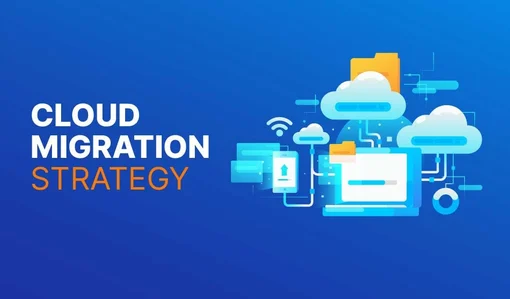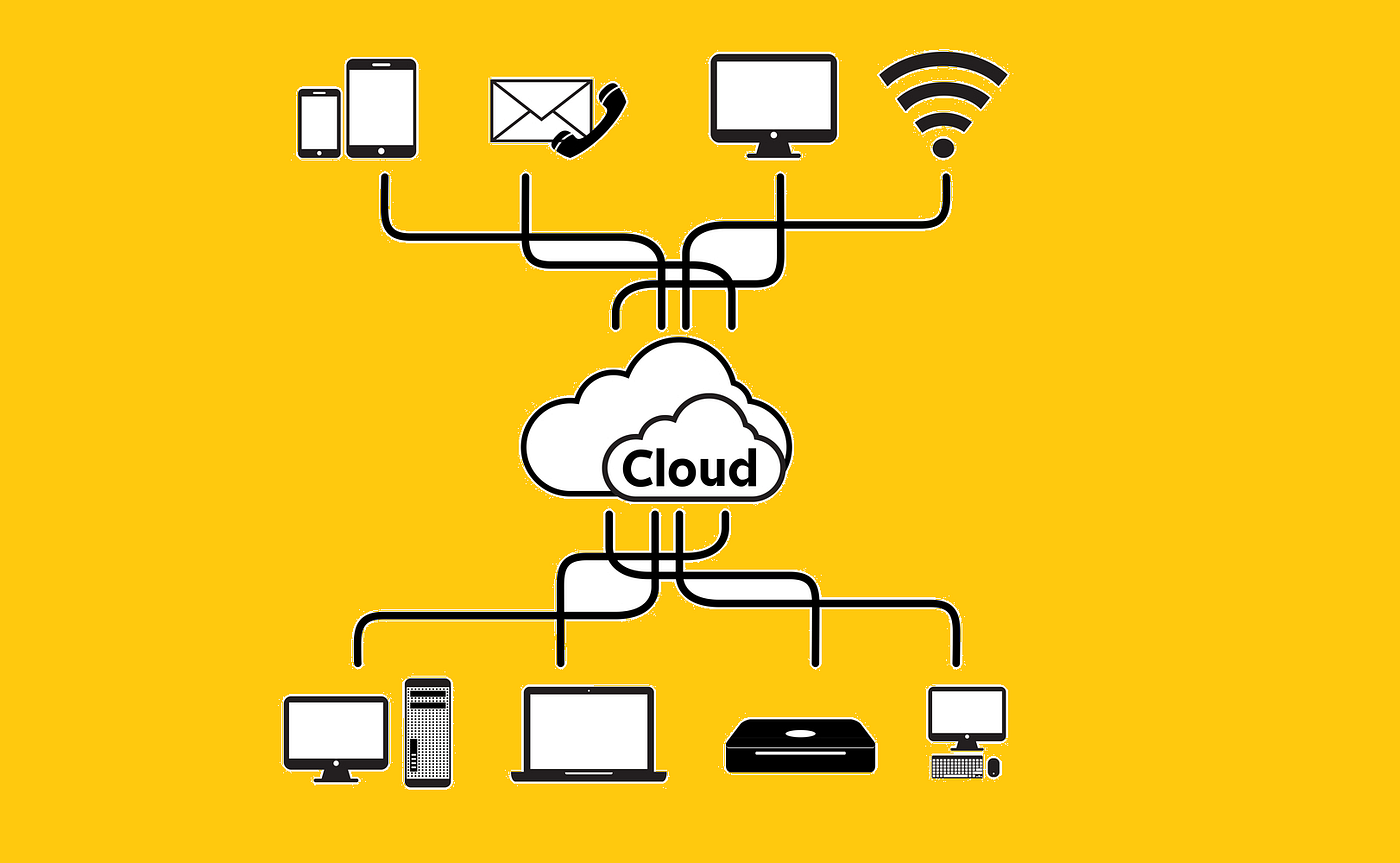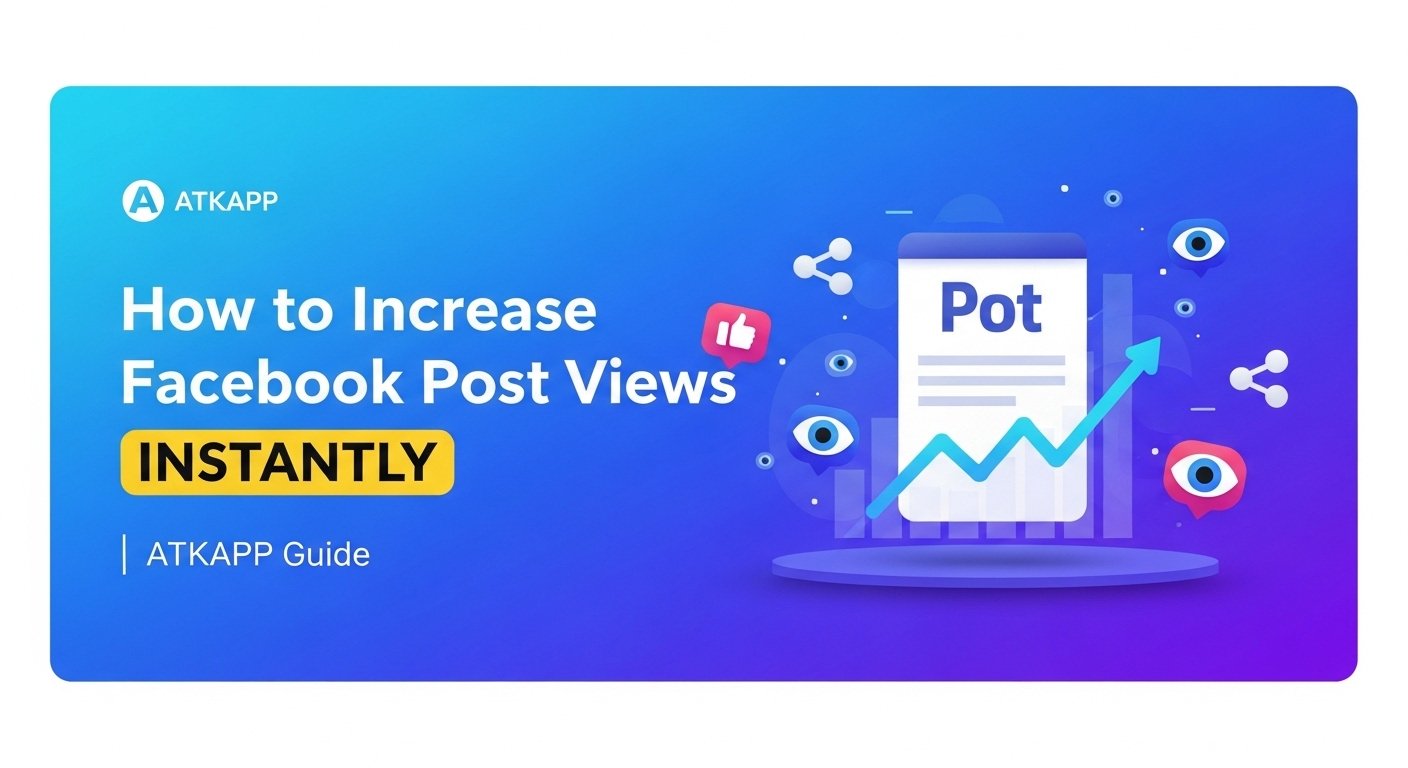Migrating to the cloud in 2025 is a strategic move for businesses aiming to enhance scalability, reduce costs, and leverage cutting-edge technologies like AI and machine learning. However, a successful migration requires careful planning, How to Migrate to the Cloud in 2025 execution, and ongoing management. How to Migrate to the Cloud in 2025 This article outlines a step-by-step guide to navigate the cloud migration process effectively, reflecting the latest trends and best practices for 2025.
Migrate to the Cloud in 2025
Migrating to the cloud in 2025 is more than just a technology shift—it’s a smart move toward flexibility, security, and long-term growth. How to Migrate to the Cloud in 2025 As businesses embrace digital transformation, cloud solutions offer a faster, safer, and more cost-effective way to manage data and operations. Whether you’re a small startup or an established enterprise, moving to the cloud can help you scale effortlessly and stay competitive in a constantly evolving market.
Why Migrate to the Cloud in 2025?
Cloud computing continues to evolve, offering businesses unparalleled flexibility and innovation opportunities. Key reasons to migrate include:
- Scalability and Agility: Cloud platforms allow businesses to scale resources up or down based on demand, enabling faster response to market changes.
- Cost Efficiency: Pay-as-you-go models reduce upfront capital expenditure, with 2025 seeing further optimization in pricing from major providers like AWS, Azure, and Google Cloud.
- Advanced Technologies: Access to AI, machine learning, and big data analytics is seamless in the cloud, with providers offering pre-built tools and integrations.
- Security and Compliance: Modern cloud platforms provide robust security features and compliance with regulations like GDPR, HIPAA, and SOC 2, critical for 2025’s regulatory landscape.
- Sustainability: Cloud providers are increasingly adopting green computing practices, aligning with global sustainability goals.
Step-by-Step Guide to Cloud Migration
1. Assess Your Current Environment
Before migrating, conduct a thorough assessment of your existing IT infrastructure:
- Inventory Applications and Workloads: Identify all applications, databases, and services, categorizing them by complexity, dependencies, and criticality.
- Evaluate Readiness: Use tools like AWS Migration Evaluator or Azure Migrate to assess which workloads are cloud-ready and which may need refactoring.
- Define Objectives: Set clear goals, such as cost reduction, improved performance, or enabling AI capabilities, to guide your migration strategy.
Tip for 2025: Leverage AI-driven assessment tools, which are now widely available, How to Migrate to the Cloud in 2025 to predict migration challenges and estimate costs with high accuracy.
2. Choose the Right Cloud Model
Select a cloud model that aligns with your business needs:
- Public Cloud: Ideal for startups and businesses seeking cost efficiency (e.g., AWS, Azure, Google Cloud).
- Private Cloud: Suitable for organizations with strict compliance or security requirements.
- Hybrid Cloud: Combines on-premises infrastructure with public/private clouds, offering flexibility for legacy systems.
- Multi-Cloud: Use multiple providers to avoid vendor lock-in and optimize for specific workloads.
2025 Trend: Multi-cloud strategies are gaining traction, with 68% of enterprises adopting them for resilience and cost optimization, according to recent industry reports.
3. Select a Cloud Provider
Choose a provider based on your workload requirements, budget, and technical needs:
- Amazon Web Services (AWS): Best for a broad range of services, including AI/ML and serverless computing.
- Microsoft Azure: Strong for enterprises with Microsoft ecosystems and hybrid cloud needs.
- Google Cloud Platform (GCP): Preferred for data analytics and machine learning workloads.
- Others: Consider Oracle Cloud for database-heavy workloads or IBM Cloud for industry-specific solutions.
2025 Consideration: Evaluate providers’ AI and automation capabilities, as these are becoming differentiators. For example, AWS’s SageMaker or Azure’s AI platform are critical for businesses prioritizing machine learning.
4. Develop a Migration Strategy
Adopt one of the “7 Rs” migration strategies, tailored to each application:
- Rehost (Lift and Shift): Move applications to the cloud with minimal changes.
- Replatform: Make minor optimizations, like switching to a managed database.
- Refactor: Redesign applications to leverage cloud-native features, such as microservices or serverless architectures.
- Repurchase: Replace legacy software with cloud-based SaaS solutions.
- Rebuild: Rewrite applications from scratch for cloud optimization.
- Retire: Decommission outdated or redundant systems.
- Retain: Keep certain applications on-premises if migration isn’t feasible.
2025 Best Practice: Prioritize cloud-native refactoring for critical applications to maximize scalability and reduce long-term costs.
5. Plan and Test the Migration
Create a detailed migration plan to minimize disruptions:
- Timeline and Prioritization: Start with low-risk, non-critical workloads to build confidence.
- Data Migration: Use tools like AWS DataSync or Azure Data Factory for secure and efficient data transfer.
- Testing: Conduct pilot migrations to identify issues. Test performance, security, and compatibility in the cloud environment.
- Security and Compliance: Implement encryption, identity management (e.g., AWS IAM, Azure Active Directory), and compliance checks early in the process.
- 2025 Tip: Use automated migration tools with built-in AI to predict and mitigate risks, such as Google Cloud’s Database Migration Service.
6. Execute the Migration
Execute the migration in phases, following these best practices:
- Automate Where Possible: Tools like Terraform or AWS CloudFormation streamline infrastructure setup.
- Monitor Progress: Use cloud-native monitoring tools (e.g., Azure Monitor, GCP Operations Suite) to track performance and errors.
- Minimize Downtime: Employ strategies like blue-green deployments or database replication to ensure continuity.
2025 Focus: Zero-downtime migrations are now standard, with providers offering advanced tools to ensure seamless transitions.
7. Optimize Post-Migration
After migration, optimize your cloud environment:
- Cost Management: Use tools like AWS Cost Explorer or Azure Cost Management to monitor spending and eliminate waste.
- Performance Tuning: Optimize resource allocation with auto-scaling and load balancing.
- Security Hardening: Regularly update security policies and conduct vulnerability assessments.
- Continuous Improvement: Leverage cloud-native DevOps tools (e.g., GitHub Actions, Jenkins) for ongoing development and deployment.
2025 Trend: AI-driven optimization tools, such as AWS Compute Optimizer, are critical for dynamically adjusting resources to match demand.
How to Migrate to the Cloud in 2025
Migrating to the cloud in 2025 requires a strategic approach that balances technology, security, and business goals. The first step is to assess your current IT infrastructure and identify which applications and data are best suited for cloud deployment. How to Migrate to the Cloud in 2025 Many organizations are now adopting a hybrid or multi-cloud strategy to improve flexibility and reduce dependency on a single provider.
Challenges and How to Address Them
- Data Security: Mitigate risks with encryption, zero-trust architectures, and regular audits.
- Cost Overruns: Implement strict governance with tagging and budgeting tools to avoid unexpected expenses.
- Skill Gaps: Train staff or partner with managed service providers (MSPs) to bridge expertise gaps.
- Vendor Lock-In: Use containerization (e.g., Kubernetes, Docker) and open standards to maintain flexibility.
Conclusion
Migrating to the cloud in 2025 is a transformative step that requires strategic planning and execution. By assessing your environment, choosing the right model and provider, and following a structured migration process, How to Migrate to the Cloud in 2025 businesses can unlock the full potential of the cloud. With advancements in AI, How to Migrate to the Cloud in 2025 automation, and multi-cloud strategies, 2025 offers unprecedented opportunities to modernize How to Migrate to the Cloud in 2025 IT infrastructure while staying competitive and secure.









